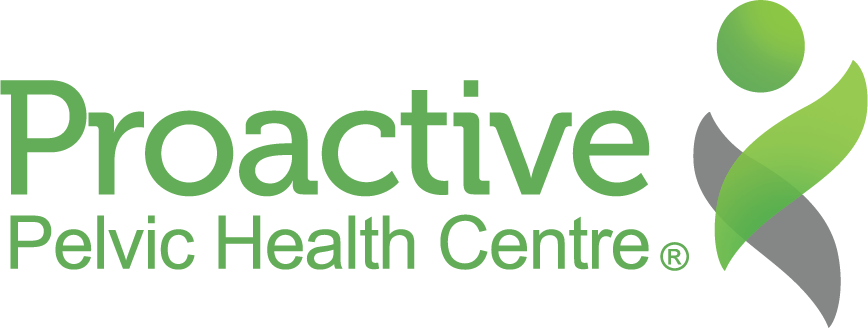Postpartum Postural Pain: The Link Between Repetitive Movements, Poor Lifting Patterns and Pelvic Floor Health
Sophie Mason, PT, MSc. PT BSc (Hons)
Registered Physiotherapist – Pelvic Health
In the weeks and months following childbirth, many women develop postural pain—nagging discomfort in the neck, back, hips, or pelvis. This pain is often credited to the normal stress of motherhood, but it's frequently rooted in deeper, preventable issues. Repetitive daily movements, poor posture, and improper lifting strategies, when combined with changes to the pelvic floor, can create a perfect storm for discomfort and dysfunction.
The Daily Demands of Motherhood: A Postural Challenge
1. Repetitive Movements and Muscle Fatigue
The postpartum period is full of repetitive physical tasks—lifting a baby out of a crib, changing diapers, feeding in awkward positions, bending to pick up toys or fold laundry. These actions, while seemingly harmless, add up to significant strain when performed over and over without proper mechanics.
These repetitive motions can fatigue the pelvic floor muscles, especially when the core is still healing from pregnancy and delivery. A fatigued pelvic floor loses its ability to support the spine and pelvis effectively, setting the stage for pelvic floor dysfunction and postural pain.
2. Poor Posture While Feeding
Feeding positions are one of the most common culprits of postural pain. Whether you’re breastfeeding or bottle feeding, hours spent hunched over a baby in unsupported positions can stress the upper back, shoulders, and neck.
These positions also alter alignment in the pelvis, which can further impair pelvic floor function and disrupt balance in the abdominal muscles.
3. Improper Lifting Techniques
From car seats and strollers to laundry baskets and toddlers, lifting is constant. Unfortunately, many women rely on poor lifting habits—bending from the waist, holding their breath, or bearing down—which puts pressure on healing abdominal tissues and the pelvic floor.
Over time, this can cause or worsen pelvic floor symptoms like stress incontinence, back pain, and pelvic organ prolapse.
How the Pelvic Floor Connects to Postural Pain
The pelvic floor plays a foundational role in stabilizing the body. These muscles work together with the diaphragm, transverse abdominals, obliques, and back muscles to support your spine during movement and load-bearing.
When these pelvic muscles are too tight, too weak, or poorly coordinated after birth, they can’t perform this stabilizing function appropriately. As a result, muscle fatigue, and chronic pain can often be triggered or worsened by repetitive motions and poor lifting mechanics.
A compromised pelvic floor may also create tension or dysfunction in the hips, lower back, and sacroiliac joints, further contributing to pain.
Strategies to Break the Cycle and Reduce Postural Pain
1. Get a Pelvic Floor Assessment
A postpartum pelvic floor assessment with a trained pelvic floor physiotherapist is a great place to start. This is key to identifying whether you’re dealing with a tight pelvic floor, a weak pelvic floor, or a combination—each of which requires a different approach to treatment.
2. Rebuild Core and Lifting Mechanics
Work with your pelvic physio to learn how to safely and effectively:
• Reconnect with your deep core and pelvic floor muscles
• Use breath and proper alignment to reduce intra-abdominal pressure when lifting
• Strengthen through individualized pelvic floor rehabilitation exercises
Retraining how you move in everyday life is just as important as what happens on a gym mat. Your physiotherapist can help you re-pattern movements like lifting, bending, and carrying so your pelvic floor supports your spine instead of straining it.
3. Set Up Ergonomic Feeding and Baby-Care Stations
A few simple adjustments can significantly reduce repetitive strain:
• Use a pillow or arm support during feeding to keep shoulders relaxed
• Sit with both feet flat on the floor and your back supported
• Alternate feeding positions and sides frequently
• Raise diaper changing surfaces to waist height to avoid constant forward bending
4. Balance Movement With Rest
While movement is important, overdoing it too early—especially without addressing pelvic floor health—can prolong or worsen symptoms. Conversely, too much rest without intentional rehab can weaken postural muscles and allow pain patterns to take hold.
Aim for guided, progressive movement that builds strength and endurance in your core, back, and pelvic floor. Pelvic health physiotherapy provides a personalized treatment plan that can support this balance and help prevent long-term pelvic health dysfunction.
Final Thoughts
Repetitive motions, unsupported positions, and poor lifting mechanics can stress your body in ways that your recovering pelvic floor can’t always manage on its own.
By understanding how these everyday actions affect your body, and working with a pelvic floor physiotherapist, you can prevent ongoing discomfort and rebuild a stronger, more stable foundation for motherhood.
At Proactive Pelvic Health Centre, our team of physiotherapists is here to support your healing journey with compassionate care, evidence-based treatment, and personalized pelvic floor solutions. Don’t let pain define your postpartum experience—healing is possible.


